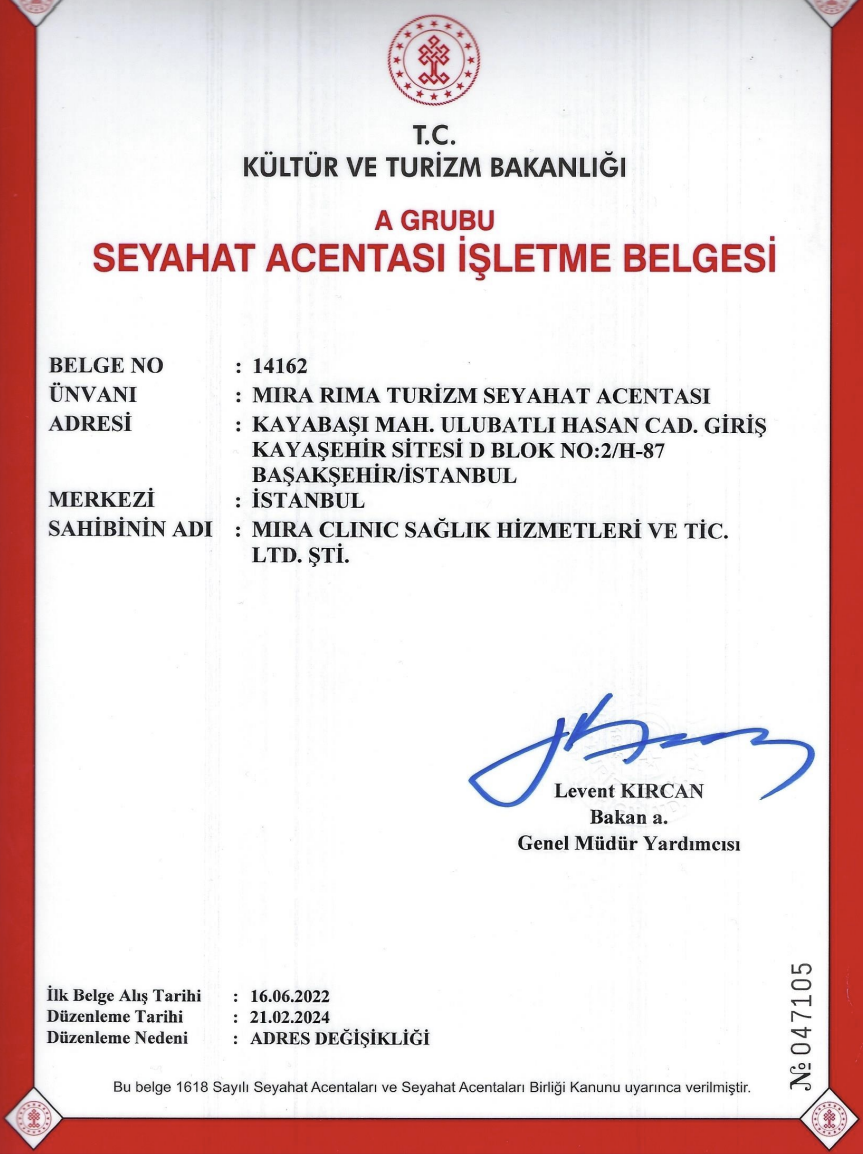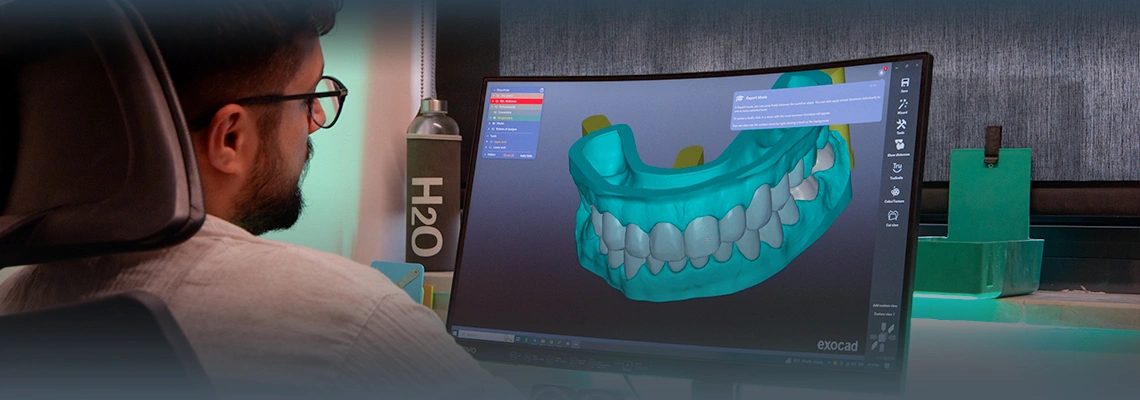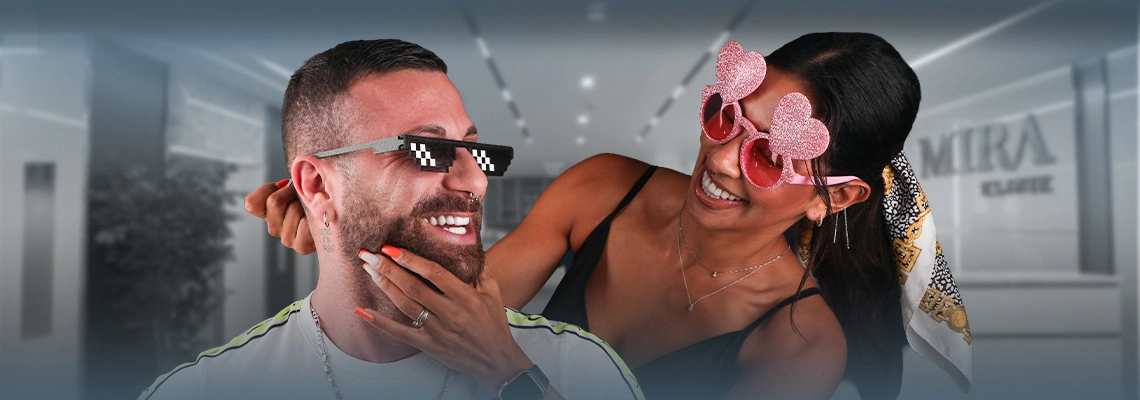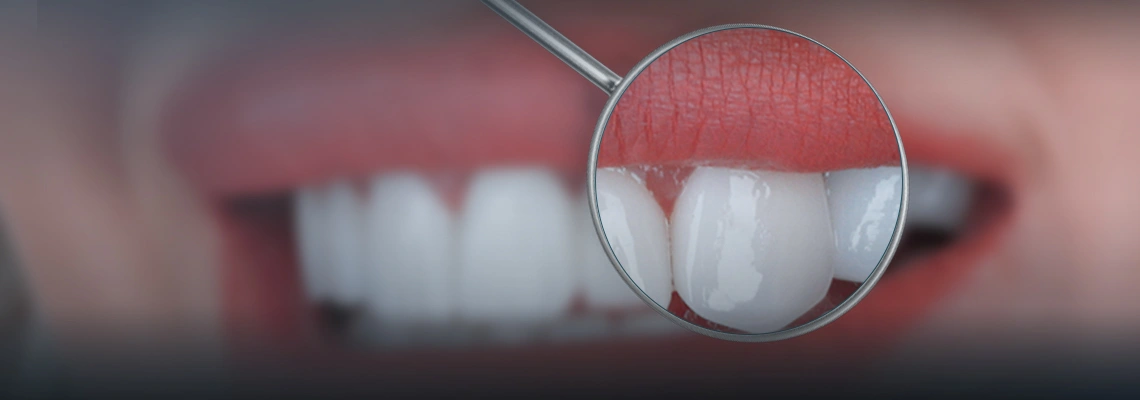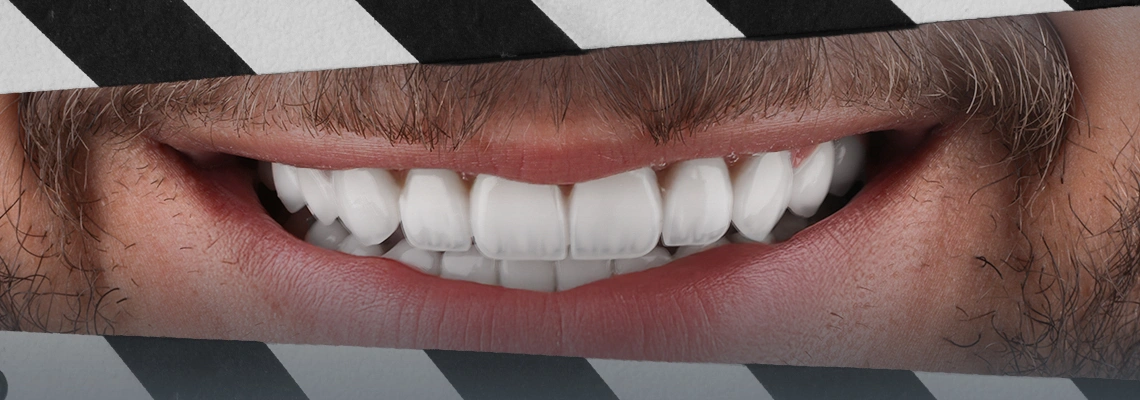Hair transplantation through the cloning technique is not an easy thing. Various experiments are still being conducted to this day in order to determine the possibility of achieving this or not. Simply cloning hair at the present time is like a dream due to the difficulty that this technique contains and some people go to The fact that resorting to hair cloning is a real kind of fantasy that cannot be expected to be achieved, although some centers sometimes announce the availability of this technique, but they are rare centers and certainly do not mean complete and complete cloning, in general, in the coming lines we will get closer From this phenomenon we know what is meant by hair cloning and how it can be carried out.
Table of contents
- What is the idea of hair cloning?
- Why do we resort to hair cloning?
- Methods used for reproduction
- How is hair cloned?
- Difficulties in using hair cloning
- Cases with which hair cloning is prohibited
- Is there a similarity between partial picking and hair cloning?
- What is the final form of hair after cloning?
- Is it possible to carry out hair cloning now?
- Is hair cloning forbidden?
- hair cloning cost
What is the idea of hair cloning?
Very simply, the idea of hair cloning is based on making a lot from a few, or in a simpler way, making an infinite entity from simple roots. What happens during the hair cloning process or when using this type of transplantation is that the roots of the chin or neck are selected and taken to the laboratory and performed Some things have to be done so that the follicle or this root can be cloned into an unlimited number of hairs suitable for cultivation, and in this way we have saved a lot on hair transplant centers that may stop some operations when the hair follicles in the donor area are not sufficiently present, as here it stops It is based on the presence of one root and then automatic cloning occurs, but knowing the idea we find the question simply why do we resort to hair cloning?
Why do we resort to hair cloning?
Of course, it is important to know the additional value provided by an important process such as hair cloning, so that it is obvious to use all other techniques and resort to cloning, as it must happen for several benefits, most notably the following:
Facilitating the transplantation operations greatly, as when performing hair cloning, there will be no need to resort to hair transplantation in the traditional way by taking a large number of follicles and hairs, all that is there will be taken only one follicle or a stem cell that will be re-cloned.
Abandoning the idea of anesthesia, as one of the important things that will happen when transplanting through the cloning technique is that there will be no need for anesthesia in any form of its own, for example, we will not need partial or even total local anesthesia, and this is certainly a major benefit.
Get better and faster results, as when transplanting hair using this method, there will be no need at all to wait for long periods until the success of the process can be confirmed, but this will become clear in the fastest possible way, and perhaps the most important thing for anyone who performs a process such as hair transplant Realizing with certainty that the result will come very quickly.
Completely eliminating the problem of baldness, as there may be some operations available for hair transplantation, but they remain temporary or, for example, do not have any kind of guarantee after the end of the process, but here talking about hair transplantation by cloning, the complete elimination of the problem will be present.
Methods used for reproduction
It is possible to use more than one method to perform hair transplantation through cloning, and although these methods are still under experiment, identifying them is very important, and these methods have been tried since 2008, beginning with the emergence of the idea of cloning, the most prominent of which are the following:
The use of the matrix in hair transplantation through cloning, and this simply happens when the skin cells known as the papillary are used and are placed in a matrix containing a group of industrial materials that contain collagen, and in this way this matrix can regulate and direct the growth of cells in a way that ensures their continued growth.
Cultivation of papillary and keratinocytes in the laboratory, as this procedure is supposed to result in the growth of a small part of the hair, which can then be transplanted with ease, and as it is clear, the method seems somewhat indirect.
Cultivation of the papillary with the small follicles. In this method, the target is that the papillary cells are able to stimulate the keratinized cells of the small follicles, and thus this stimulation leads to their transformation into terminal hairs.
Transplanting the cells into the dermis layer, which is the most widely used and at the same time the most effective solution. What happens is that the papillary cells are transplanted directly into the visible skin area, and therefore it is highly expected that new follicles will appear in those bald areas.

How is hair cloned?
It is also very important to know how cloning will happen, and at the present time there is a method that is used on a small scale in some cosmetic centers, but in fact things are just an approximate method and not the official method through which such a thing can be achieved, and what happens is simply that it is done Agreeing with the patient on four days of work over four different months, as between one day and the next there must be a period of no less than a month, and on this day five hair follicles are taken from the person and five blood samples are also taken, and this simply means that The entire process will require twenty-five hair follicles, but where do those follicles come from?
Hair transplantation through cloning in stem cells makes things not complicated enough, as it is only appropriate to take the follicle from anywhere in the body, whether the donor area is dense or whatever its location in general, this happens smoothly, and there the process is repeated so that It is ensured that the follicles and blood are taken every month, and the last time can be completely dispensed with the blood because what was taken of the follicles and blood is sufficient in the meantime, as the transplantation basically can be done the fourth time, and this method shows positive results in particular with complete baldness;
Difficulties in using hair cloning
Despite the great distinction enjoyed by the method of cloning in hair transplantation, the matter is not without some problems and difficulties that impede the use of this technique and appear mainly as an obstacle to researchers before relying on the technique officially, and the most prominent of these difficulties are the following:
The difficulty of determining the most suitable follicles, as the donor area contains many follicles ready for transplantation, but the idea of selecting one of those follicles to be the most suitable for cloning and subsequent reproduction into thousands of follicles is very difficult to achieve properly.
There are no guarantees as a result of the cloning process. Of course, the person who applies the cloning technique during transplantation does so in order to obtain hair in a certain area, in a certain shape, with a certain density and a certain color, all of this will lead to a desired result that is difficult to obtain in cloning, and this is one of the problems grand.
The possibility of the body being allergic to these transplanted cells, in the end these cells remain just a foreign body, and the main treatment of the foreign body is allergy, and the occurrence of such problems is not desirable and all researchers are looking for a solution.
The cloned cells multiply on the basis that they are fibroblasts, and of course the intended goal is for these cells to be hair cells that produce a lot of follicles, but what happens is simply that the lack of control over these cells makes them not go the desired way.
Cases with which hair cloning is prohibited
Mostly it can be said that hair cloning is a suitable technique for all groups, but at the same time, there are some cases that suffer from special circumstances that make cloning forbidden for them, the most prominent of which are the following:
People with cancer, as people with cancer have big problems with undergoing hair cloning even if this happens after they have fully recovered from the cancer, in the end the risk remains.
Those who suffer from hereditary breast diseases, as stem cells in the cloning process can stimulate these diseases more and make them move from normal blood cells to cancer cells, meaning that this situation can lead to cancer, so it is necessary to inform patients to the doctor before proceeding with the procedure. Implementation of the process.
Those who have a history of disease in general, as the cloning process requires a high amount of health, and therefore we find most of those who suffer from diseases, which may seem simple to them, are not able to carry out the process, so the pathological record must be fully attended, and in general Any distinguished medical center will have this passion to know your medical history and history before starting any operation.
Uncertainty about the success of the operation, as this case depends on the client or patient who provides the cloning process, when the reputation of the center is not sufficient and cannot be trusted or in the success of the operation, in this case it is advised not to risk its implementation.
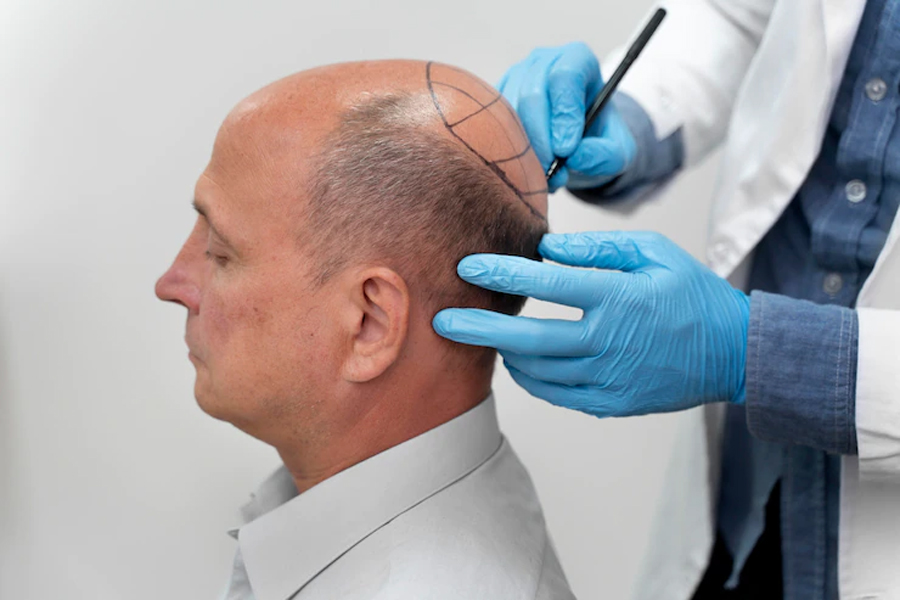
Is there a similarity between partial picking and hair cloning?
There are those who liken the process of hair cloning to another process that seems very similar to it, and we are talking here about partial picking, and the fact is that in order to be able to stand the difference, we must first know what is meant by partial picking, what happens is that the follicles are taken from the donor area and divided in a way Appropriate so that some of them are given to the planting area and others are returned to the granting area, and of course in the group selected for the cultivation area, the follicles should have distinct roots and stem cells to ensure the renewal of the follicles in a more dense and qualitative manner, and as is evident of course from the prior presentation, the matter is not Any relationship with cloning, which is based on generating an unlimited number of hairs and follicles from one hair, so to speak, so the analogy is very far, although the cloning process is the ideal development of the partial picking that we are talking about.
What is the final form of hair after cloning?
The mind says that if normal methods of transplantation are used in hair transplantation, the result is very expected, but when we talk about the cloning process, which seems somewhat new with regard to transplantation, it must be taken into account that the final form depends on the source of the cells that were used, for example If we use someone else’s hair cells, we do not wait for the result other than the original hair shape of the recipient, simply because that person’s skin affects the whole process, but if that cloning occurs from the cells of the same person, the hair shape will be similar to the old shape before falling out, simply we We are talking about a form of difference between the secretion of hair according to the variation in the shape of the cells coming to the body, and such matters are supposed to be determined by the doctor and explained to you before the operation.
Is it possible to carry out hair cloning now?
After all the past talk, some people must have that important question regarding the possibility of achieving the dream of cloning or not, but in fact the answer lies in that all of the above is still just a set of medical experiments, these experiments can be achieved within a few years as some expect It is possible that it will remain as it is just experiments. Indeed, many companies specialized in this regard have started experimenting and studying, but most likely the results are not sufficiently distinctive and that some of them highlight the negatives related to cloning, and as is quite clear, what makes everyone adhere to the cloning technology In agriculture, this technique allows the transfer of follicles from one body to another smoothly without there being rejection from the recipient body.
Is hair cloning forbidden?
Certainly, the question that relates to the permissibility of the operation or not is a very important question, especially when the matter is viewed from a religious point of view. It is supposed that it changes God’s creation and a way to deceive and deceive others by claiming what does not actually exist, but things are certainly not taken from this angle only, as it is necessary to carefully consider what that cloning is to determine the presence of deprivation or not, and the important question now, how can Determine that?
Very simply, the opinion of religion is that as long as a person uses in cosmetic something he already has or is affiliated with, there is no form of deprivation, meaning that obtaining a hair or a bulb from the person’s own body and its stem cells and then working intensively on cloning it is not a matter for him. Any problem, the problem only appears when the hair follicle or the stem cells that make up the cloning process are from another person’s body. In this case, it is possible to consider the permissibility of the cloning process or not, and the division over the presence of deprivation as well, but in general, hair transplantation operations are permissible and legally acceptable.
Hair cloning cost
Of course, finding out a fixed and specific cost for the hair cloning process is not possible due to the lack of sufficient availability of the process from the ground up. As long as it does not exist, of course determining its cost is very difficult, but in general there is an initial cost that may be the official cost when the process is presented, that cost Ranging between 6000 dollars and ten thousand dollars, which is a high cost, of course, but it is justified because that cost is very expensive and expensive, and the result that it produces is also great, and by the way, the mentioned cost of hair cloning is in fact the cost of cloning in Turkey only, But the cost of the same operation in a country like the United States of America, for example, is many times that number, with it not currently available in both places, of course.


